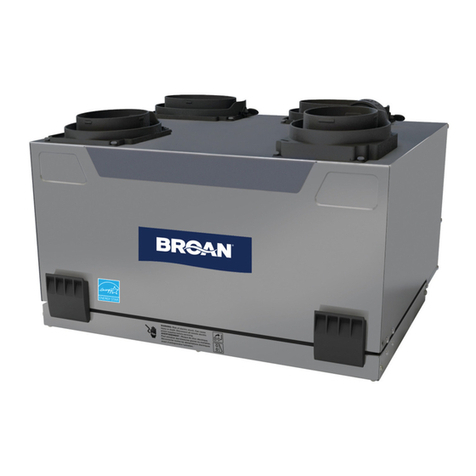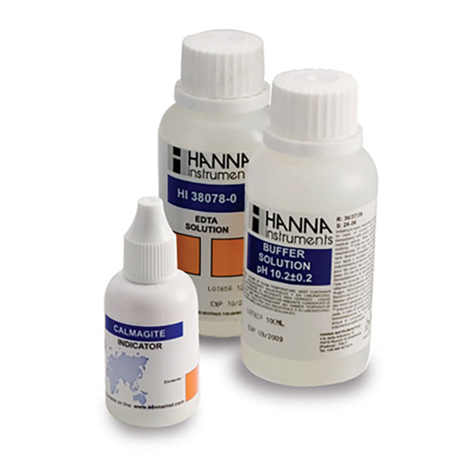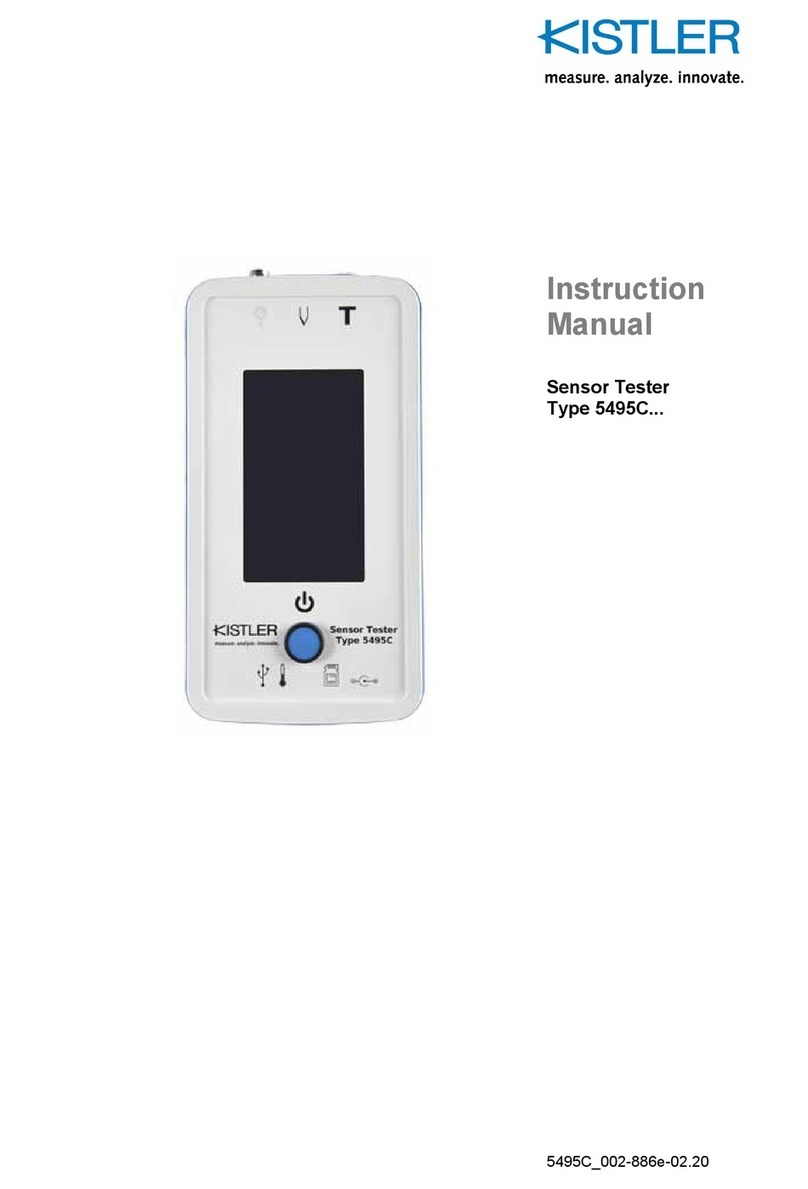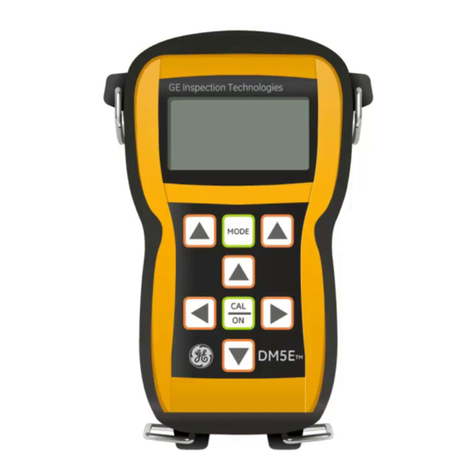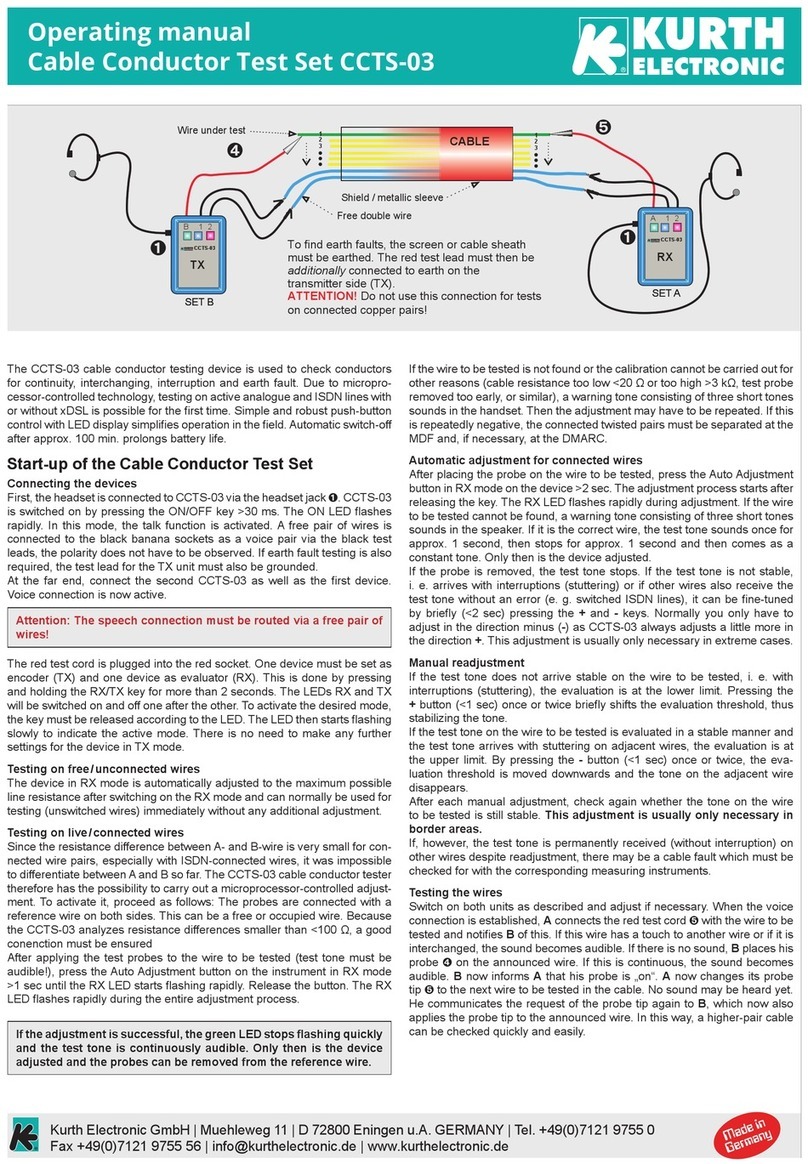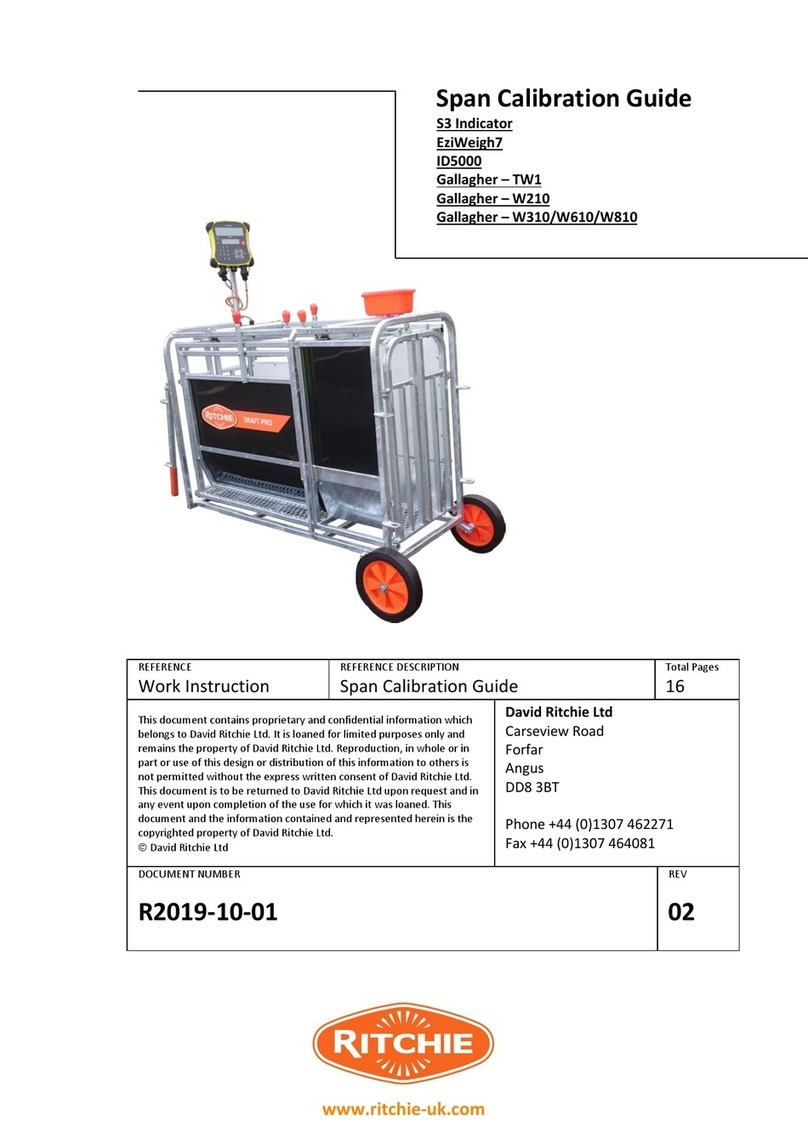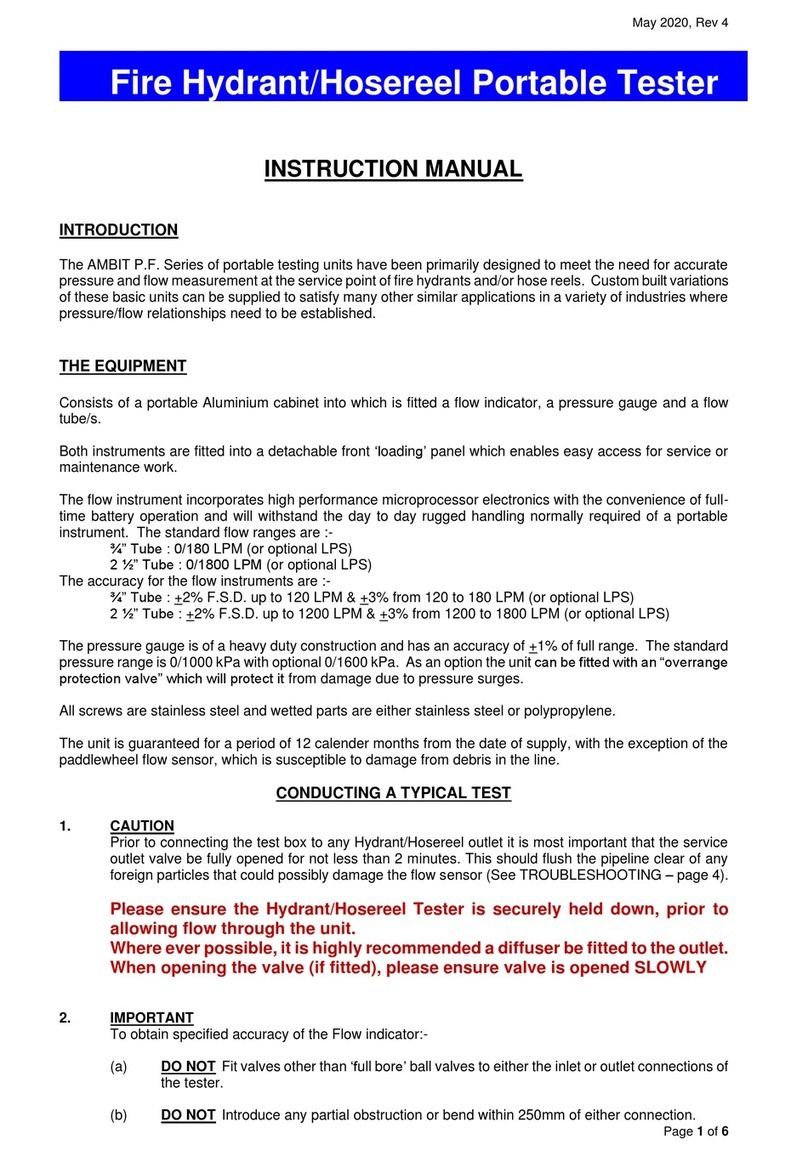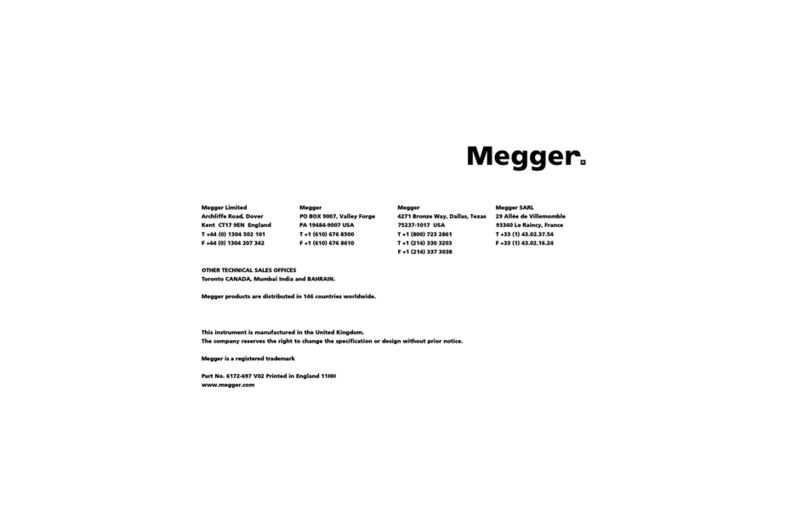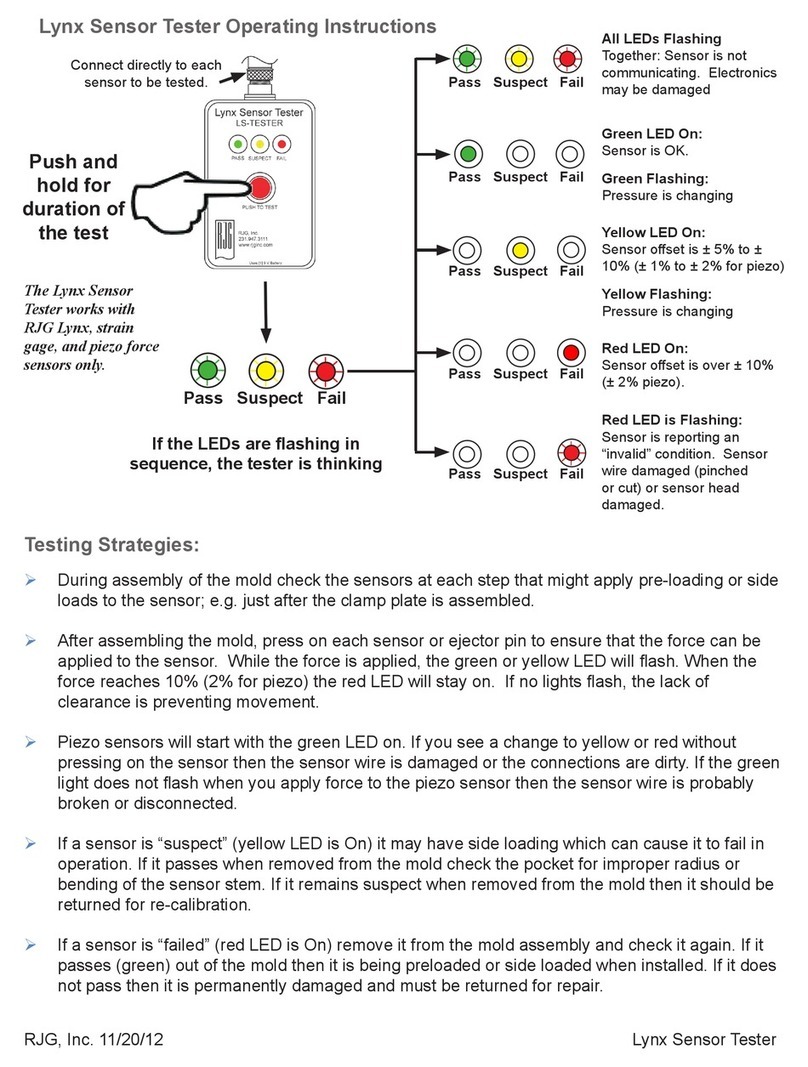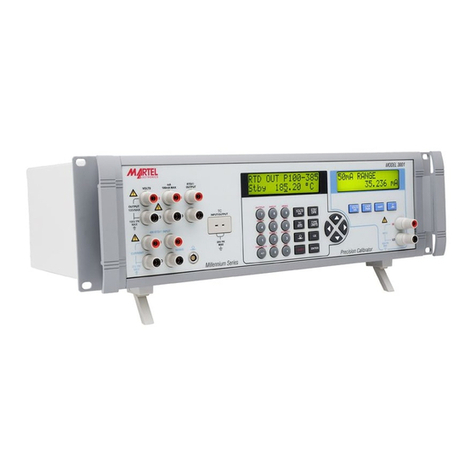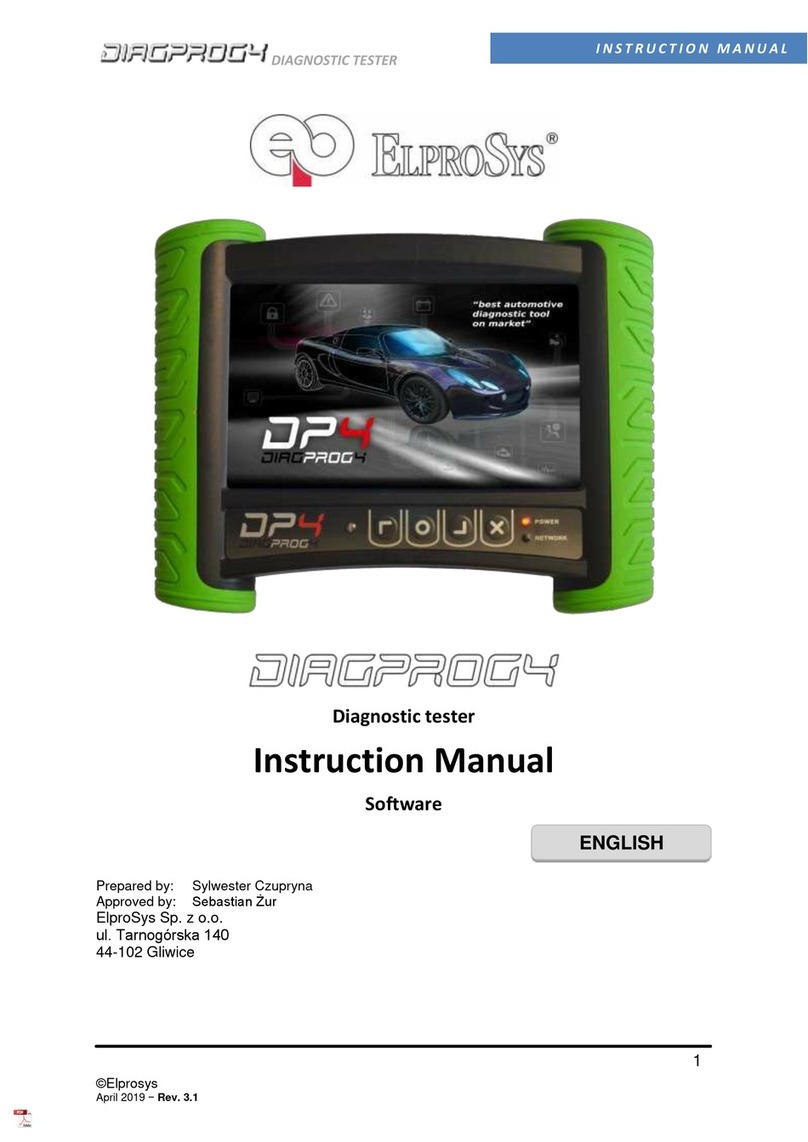
3
GENERAL SAFETY INSTRUCTIONS
Know Your Equipment. Read and under-
stand the operation manual and labels
affixed to the unit. Learn its applications
and limitations, as well as the specific po-
tential hazards of your equipment.
ALWAYS WEAR SAFETY GOGGLES
AND GLOVES.
Use the Correct Hoses. All hoses used
for refrigerant handling should be desig-
nated for use with the refrigerant to be
handled. Also use hoses of minimal length
with a shut-off device within 12 inches of
the end of the hose to reduce the likelihood
of refrigerant leaks to the atmosphere.
Ground All Equipment. This unit is
equipped with an approved 3-prong
grounding-type plug. Never remove the
round ground prong from the plug. Only
plug into a properly grounded receptacle.
Do not pressure test with compressed
air. Some mixtures of air and refrigerant
have been shown to be combustible at
elevated pressures.
Use the Proper Extension Cords. TO
REDUCE THE RISK OF FIRE, avoid use
of an extension cord with this unit. The
cord may overheat. If you must use an
extension cord, use the following guide for
choosing the proper extension cord:
Avoid Dangerous Environments.
Do not use this unit in damp locations
or expose it to rain.
This equipment should be used in a
location with mechanical ventilation
that provides at least 4 air changes
per hour. If this is not possible, it
should be located at least 18 inches
above the floor.
This equipment should not be used
near open containers or spills of
gasoline.
Disconnect Unit from Power Supply
Before Servicing. An electrical shock
hazard is present when the unit is disas-
sembled.
Repair Damaged Parts. Do not operate
the unit with a defective part. Repair unit
to proper operating conditions.
Use Recommended Accessories. Follow
the instructions that accompany all acces-
sories. Improper use of accessories may
damage equipment or create a hazard.
Use Caution When Connecting or Dis-
connecting. Improper usage may result in
refrigerant burns (frostbite). If a major
refrigerant leak occurs, proceed immedi-
ately to a well ventilated area.
Only Use the R100 with the Correct
Refrigerants. See the specifications for a
list of compatible refrigerants.
Operate the Unit within the Design Envi-
ronment. The R100 was designed to
operate in a temperature range from 40°F
to 120°F. The unit should also not be op-
erated in a wet location.
WARNING! Refrigerant, in liquid and va-
por form, is a potentially hazardous mate-
rial. Please consult the refrigerant manu-
facturer’s Material Safety Data Sheet for
addition information and adhere to the
following safety guidelines:
Avoid breathing high concentrations
of vapors.
Use with sufficient ventilation to keep
operator exposure below recom-
mended limits, especially in enclosed
and low lying areas.
Avoid contact of liquid refrigerant with
the eyes and prolonged skin expo-
sure.
Wear goggles and protective gloves.
Do not attempt to operate this unit
above 120°F ambient temperature.
Do not allow refrigerants to contact
open flame. Refrigerant decomposi-
tion in a flame results in phosgene
gas. Breathing phosgene gas can be
Wire Maximum Length
18 Ga. 10 feet
16 Ga. 25 feet
14 Ga. 50 feet
12 Ga. 100 feet

